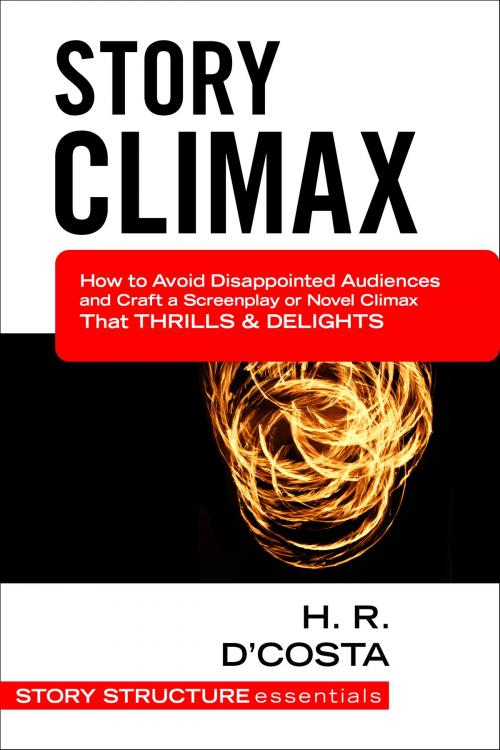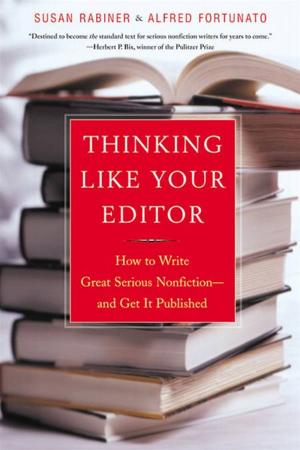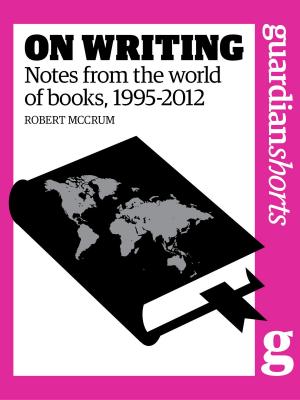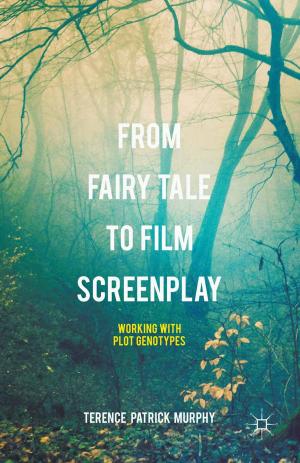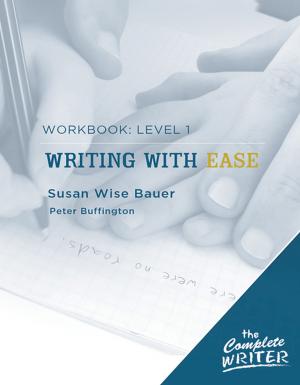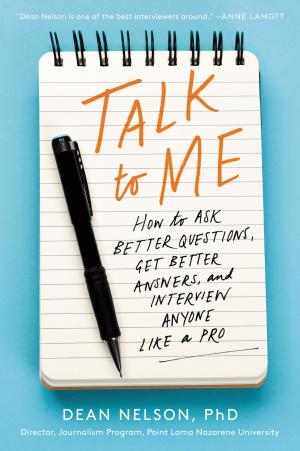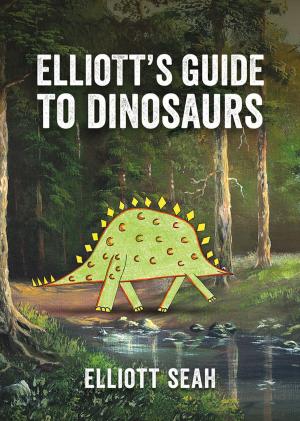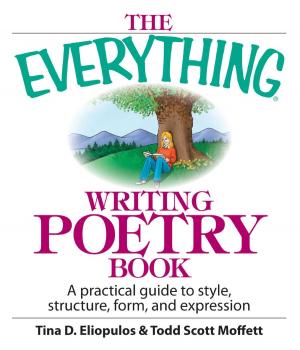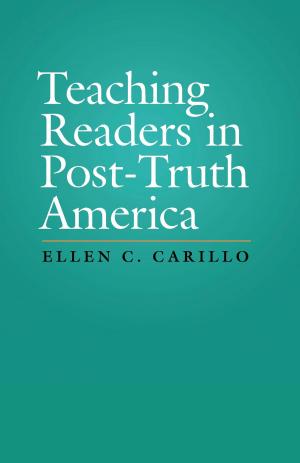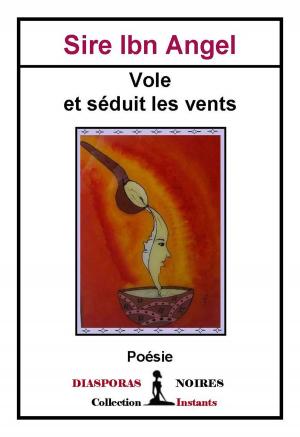Story Climax
How to Avoid Disappointed Audiences and Craft a Screenplay or Novel Climax That Thrills & Delights
Nonfiction, Entertainment, Film, Screenwriting, Performing Arts, Reference & Language, Language Arts, Writing & Publishing, Composition & Creative Writing| Author: | H. R. D'Costa | ISBN: | 1230000287991 |
| Publisher: | Scribe Meets World | Publication: | December 26, 2014 |
| Imprint: | Language: | English |
| Author: | H. R. D'Costa |
| ISBN: | 1230000287991 |
| Publisher: | Scribe Meets World |
| Publication: | December 26, 2014 |
| Imprint: | |
| Language: | English |
Would you like to leap to the top of a reader’s “auto-buy” list? Or be added to Hollywood’s speed dial?
These dreams don’t have to remain idle fantasies.
They can become reality.
You can be an auto-buy for thousands of readers.
You can be on Hollywood’s speed dial.
But, to accomplish these goals, you have to possess a very special writing skill.
You have to be “a closer,” the kind of novelist or screenwriter whom readers and studios can count on to deliver an ending that isn’t merely satisfactory, but instead, deeply satisfying.
See, the ending of your story has an additional burden to bear, one which the beginning and middle do not. The ending is audiences’ last experience with your film or novel. Their memories of it are the ones that really stick out in their minds. Consequently, these are the memories they rely on most when making their final evaluations (thumbs down or up; recommended or not) of your story.
That’s why it’s so important to know how to write a story with a spectacular ending. That’s why being a closer is a coveted status for novelists and screenwriters alike.
Whether you’re writing a novel or a screenplay, this book will help you master this critical component of story structure. Specifically, this writing skills guide will cover:
*** How to Use 4 Categories of Antagonists and 8 Rules of Engagement to Build Your Story Climax on a Sturdy Foundation ***
The climax is the decisive encounter that resolves the conflict between your protagonist and the antagonists who’ve thwarted him every step of the way. Hence, its power will depend upon scenes that occur (and storytelling decisions you’ve made) long before the climax of your story actually begins.
Follow the guidelines discussed here, and you’ll avoid writing a novel or screenplay whose climax is constructed on quicksand.
*** 2 Criteria at the Core of the Climax That Are Crucial to Fulfill to Avoid Disappointed Audiences (But Which, Oddly, Are Often Overlooked) ***
After you’ve built a sturdy foundation for your story climax, it’s time to roll up your creative sleeves, and work on the climax itself.
Fulfill the two criteria at the core of this story structure essential, and you minimize the potential for audiences to be disappointed by the ending of your screenplay or novel.
*** 3 Quality Control Tests Your Story Climax Must Pass to Earn Audiences’ Enthusiastic Seal of Approval ***
After you’ve nailed down the core of your story climax, you’re not home free yet. Now, it’s time to use your creativity to fine-tune it, and make adjustments as necessary. To make sure your story climax thrills and delights, you must carefully inspect your climactic sequence, and run it through three quality control tests.
With this writing skills guide, you’ll know how to write a story that aces these quality control tests with flying colors. As part of your winning strategy, you’ll learn:
--how to balance “shiny moments” between your protagonist and other characters (plus, the one moment you absolutely CANNOT distribute to anyone besides your hero)
--6 ways to use story stakes to provide audiences with an extra thrill after the climax—thereby deepening their satisfaction
--5 methods to make your climax feel more epic in scope
--12 tactics to extend the duration of your story climax (while still maintaining its intensity)
Buy this writing skills guide today, learn how to write a story climax that delights audiences...and take a step closer toward making a living through your creativity!
If you’re serious about writing screenplays and novels that audiences will love, take a look at:
Story Stakes: Your #1 Writing Skills Strategy to Produce a Page-Turner that Transforms Readers into Raving Fans of Your Screenplay or Novel
Other titles in the Story Structure Essentials series:
Inciting Incident: How to Begin Your Screenplay or Novel and Captivate Audiences Right Away (While Accomplishing Your Long-Term Plotting Goals)
Midpoint Magic: How to Swing Your Screenplay or Novel in a New Direction and Say Good-Bye to Sagging Story Middles That Put Audiences to Sleep
Trough of Hell: How to Wrap Up the Middle of Your Story with Maximum Impact
* * *
Keywords:
story structure, screenplay structure, the climax of a screenplay, the climax of a novel, how to write a novel, writing a novel, how to plot a novel, creativity, creative writing, writing screenplays that sell
Would you like to leap to the top of a reader’s “auto-buy” list? Or be added to Hollywood’s speed dial?
These dreams don’t have to remain idle fantasies.
They can become reality.
You can be an auto-buy for thousands of readers.
You can be on Hollywood’s speed dial.
But, to accomplish these goals, you have to possess a very special writing skill.
You have to be “a closer,” the kind of novelist or screenwriter whom readers and studios can count on to deliver an ending that isn’t merely satisfactory, but instead, deeply satisfying.
See, the ending of your story has an additional burden to bear, one which the beginning and middle do not. The ending is audiences’ last experience with your film or novel. Their memories of it are the ones that really stick out in their minds. Consequently, these are the memories they rely on most when making their final evaluations (thumbs down or up; recommended or not) of your story.
That’s why it’s so important to know how to write a story with a spectacular ending. That’s why being a closer is a coveted status for novelists and screenwriters alike.
Whether you’re writing a novel or a screenplay, this book will help you master this critical component of story structure. Specifically, this writing skills guide will cover:
*** How to Use 4 Categories of Antagonists and 8 Rules of Engagement to Build Your Story Climax on a Sturdy Foundation ***
The climax is the decisive encounter that resolves the conflict between your protagonist and the antagonists who’ve thwarted him every step of the way. Hence, its power will depend upon scenes that occur (and storytelling decisions you’ve made) long before the climax of your story actually begins.
Follow the guidelines discussed here, and you’ll avoid writing a novel or screenplay whose climax is constructed on quicksand.
*** 2 Criteria at the Core of the Climax That Are Crucial to Fulfill to Avoid Disappointed Audiences (But Which, Oddly, Are Often Overlooked) ***
After you’ve built a sturdy foundation for your story climax, it’s time to roll up your creative sleeves, and work on the climax itself.
Fulfill the two criteria at the core of this story structure essential, and you minimize the potential for audiences to be disappointed by the ending of your screenplay or novel.
*** 3 Quality Control Tests Your Story Climax Must Pass to Earn Audiences’ Enthusiastic Seal of Approval ***
After you’ve nailed down the core of your story climax, you’re not home free yet. Now, it’s time to use your creativity to fine-tune it, and make adjustments as necessary. To make sure your story climax thrills and delights, you must carefully inspect your climactic sequence, and run it through three quality control tests.
With this writing skills guide, you’ll know how to write a story that aces these quality control tests with flying colors. As part of your winning strategy, you’ll learn:
--how to balance “shiny moments” between your protagonist and other characters (plus, the one moment you absolutely CANNOT distribute to anyone besides your hero)
--6 ways to use story stakes to provide audiences with an extra thrill after the climax—thereby deepening their satisfaction
--5 methods to make your climax feel more epic in scope
--12 tactics to extend the duration of your story climax (while still maintaining its intensity)
Buy this writing skills guide today, learn how to write a story climax that delights audiences...and take a step closer toward making a living through your creativity!
If you’re serious about writing screenplays and novels that audiences will love, take a look at:
Story Stakes: Your #1 Writing Skills Strategy to Produce a Page-Turner that Transforms Readers into Raving Fans of Your Screenplay or Novel
Other titles in the Story Structure Essentials series:
Inciting Incident: How to Begin Your Screenplay or Novel and Captivate Audiences Right Away (While Accomplishing Your Long-Term Plotting Goals)
Midpoint Magic: How to Swing Your Screenplay or Novel in a New Direction and Say Good-Bye to Sagging Story Middles That Put Audiences to Sleep
Trough of Hell: How to Wrap Up the Middle of Your Story with Maximum Impact
* * *
Keywords:
story structure, screenplay structure, the climax of a screenplay, the climax of a novel, how to write a novel, writing a novel, how to plot a novel, creativity, creative writing, writing screenplays that sell
